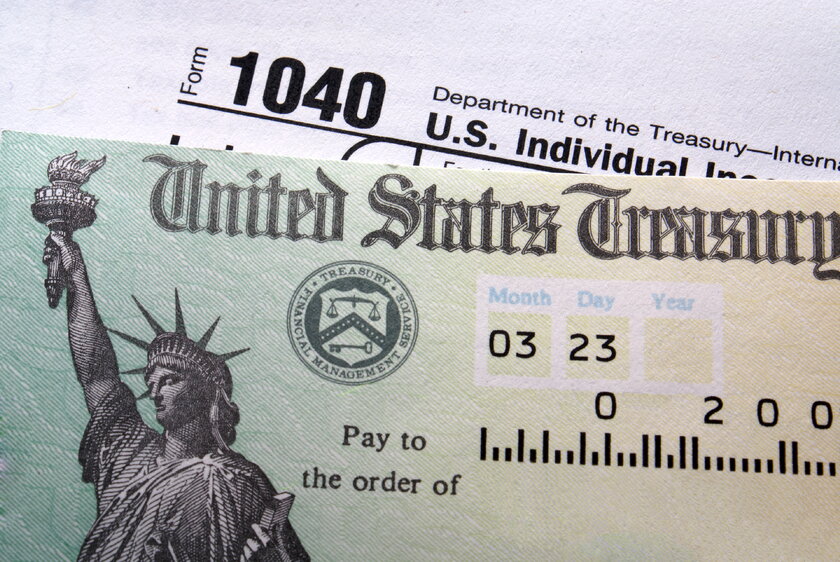What’s Really in the Big Beautiful Bill?
Streamline Your Business

What Is the “One Big Beautiful Bill Act”?
The “One Big Beautiful Bill Act” (H.R.1, 119th Congress) is a sweeping legislative proposal covering everything from food assistance and rural investment to tax relief and defense spending.
While the bill is lengthy (1038 pages) and complex, we’ve broken it down to highlight what matters most for small and medium-sized enterprises (SMEs) in the U.S.
Major Tax Provisions in a Nutshell
- Extension of expiring 2017 tax cuts for all income groups
- Larger standard deduction ($1 000 for individuals / $2 000 for married filing jointly) and larger child tax credit ($500 per child)
- No tax on tips (up to $25 000/year) or overtime pay (up to 20 % of regular wages)
- Bonus $4 000 standard deduction for taxpayers 65 and older
- Increased SALT deduction cap to $40 000 (up from $10 000)
- $10 000 interest deduction for auto loans on cars with final assembly in the U.S.
- Lower corporate tax rate from 21 % to 15 % for “domestic production” income
Key Highlights for Small Businesses
1. Tax Relief for Main Street
The bill extends and enhances many provisions from the Tax Cuts and Jobs Act, especially those affecting smaller firms:
- Qualified Business Income Deduction: Extended QBI with permanent enhancements.
- Increased Expensing for Depreciable Assets: Great for businesses investing in new equipment.
- Modified Business Interest Deductions: A more favorable calculation for growing firms.
- Opportunity Zones: Renewed and expanded, creating new chances for tax-advantaged investments in economically distressed areas.
2. Simplified Reporting Requirements
- Higher Reporting Thresholds: For third-party payment networks (e.g., PayPal, Stripe), easing paperwork for small e-commerce sellers.
- Reduced IRS Burden: Improvements to protect taxpayers from excessive penalties and complex forms.
3. Health Care & Benefits
- Enhanced Health Savings Accounts (HSAs): More flexible use, including fitness expenses and spousal contributions.
- Paid Family & Medical Leave Credit: Extended and expanded, encouraging employers to offer better work-life benefits.
- Childcare Support: Enhanced employer-provided child care credit.
Impacts by Industry
- Retail & Hospitality: “No tax on tips” (up to $ 25k/year) or overtime pay (up to 20% on regular wages) directly benefits tipped employees and their employers.
- Manufacturing: Bonus depreciation and higher expensing limits promote investment.
- Agri-Business & Rural Firms: Massive new funding focuses on rural investment, conservation, energy, and agricultural safety nets.
- Tech & Startups: Investments in AI modernization and improved R&D deductions.
Formalities: What Businesses Should Know
The bill has not yet been passed into law, but was introduced as a top Republican priority. It amends numerous existing laws, including the Internal Revenue Code, Food and Nutrition Act, and parts of the Affordable Care Act. The implementation would require guidance from various federal agencies (IRS, Department of Agriculture, HHS, etc.).
How Big is Beautiful?!—Criticisms & Concerns
While the bill offers business-friendly tax policies, several provisions have raised eyebrows:
- Environmental Rollbacks: Repeals or defunds numerous climate-focused programs, including the Greenhouse Gas Reduction Fund and incentives for clean vehicles.
- Cuts to Safety Net Programs: Stricter work requirements for SNAP recipients and reduced Medicaid coverage could hurt low-income consumers and employees.
- Immigration-Related Fees: Introduces a broad range of new immigration-related fees that could affect employers who rely on foreign workers.
- Debt Limit Increase: The bill raises the public debt ceiling, prompting fiscal responsibility debates.
Bottom Line for SMEs
The One Big Beautiful Bill Act aims to reshape U.S. economic and social policy with a strong emphasis on tax cuts, deregulation, and traditional energy. While it offers real perks for small businesses—especially in terms of taxes and rural investment—critics warn that it does so at the cost of climate action and safety net protections.
What Should You Do?
- Stay informed: This is a proposed bill. Follow developments in Congress to see which parts become law.
- Talk to your CPA or tax advisor: Some provisions may affect your 2025–2026 tax planning.
- Assess workforce impact: If you employ lower-income or immigrant workers, review how eligibility and benefit changes might affect them.
photo credit:
iStock.com/cabania



